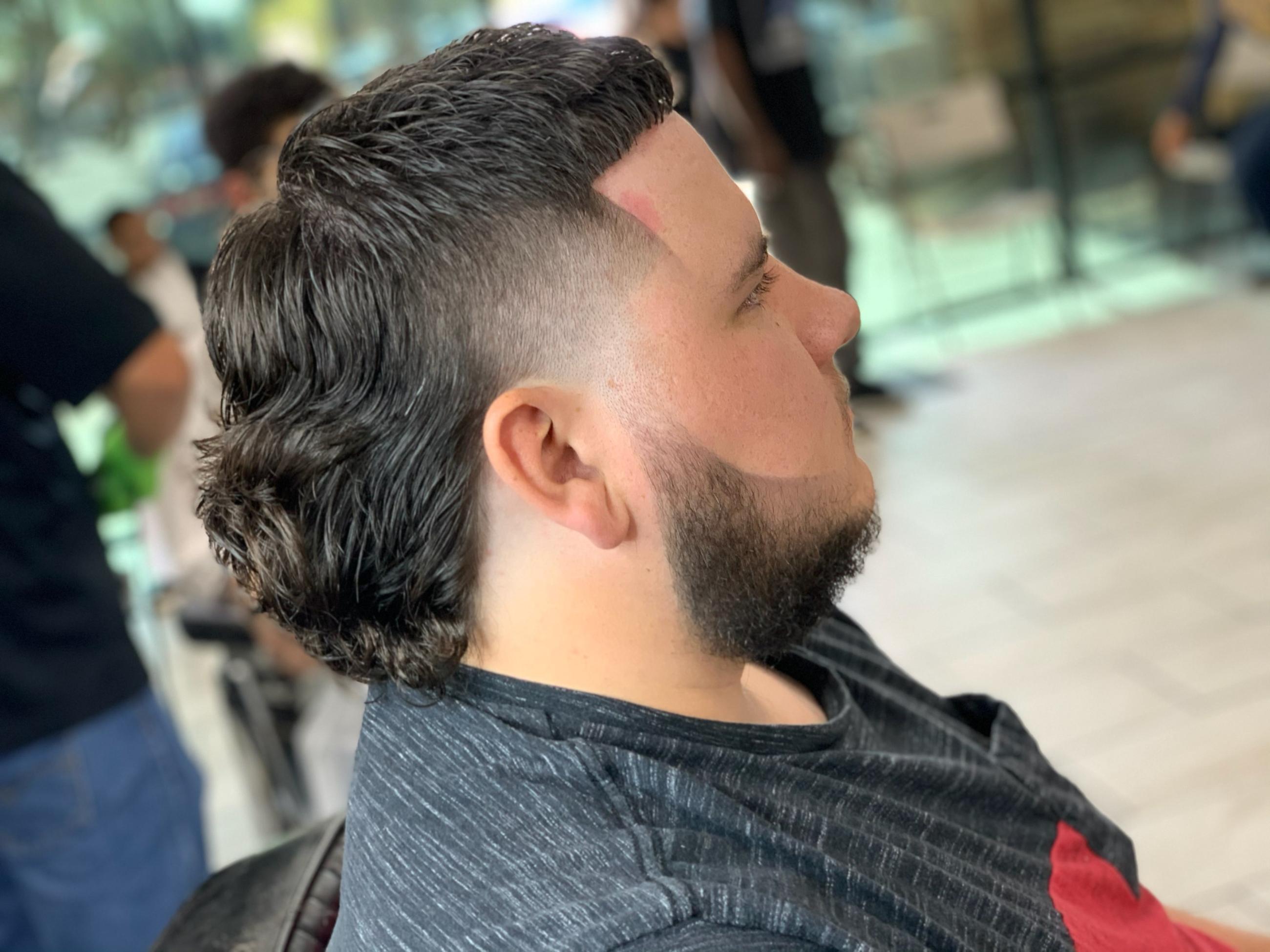

We can help you learn valuable skills to set yourself up for success in the barbering industry.This time can be particularly difficult for those who typically wear their hair short, especially if you're accustomed to getting a crisp fade or line-up every week or two. If you’d like to learn more about becoming a barber, we invite you to learn more about Premier Barber Institute’s programs in Norristown. Our 1250-hour program meets the state’s requirements and helps students prepare for the licensing exam. Premier Barber Institute helps to train future barbers in the state of Pennsylvania. Then, they must complete and pass the state’s exam to earn their license.

Since there are so many variations and styles of the fade, it is one of the many styles taught in a barber school.ĭuring their training, barbers also learn many techniques related to men’s hairstyling, such as:
FADE IN BARBERSHOP SKIN
Skin FadeĪ skin fade is the closest type of fade hairstyle, as the hair is completely shaven towards the end. Beard Fadeįade haircuts can work with facial hair! This involves fading the sides of the hair towards the sideburns, then reversing the fade into the beard. The front of the hair is often styled for a sharp straight line across the forehead with clear sideburns and a close fade around the back. Drop Fade HaircutĪ drop fade involves cutting clear lines around the entire face and head for a structured look. A sharp part may be shaved for a clear transition into the faded portion on the sides. The top of the hair is cut in a pompadour style, meaning that it is very long and thick and styled upwards, often with pomade to hold it in place. This combines two trending men’s haircuts into one look. This is similar to the military haircut style. High Fade CutĪ high fade cut will have the most significant amount of hair closely trimmed, starting just below the crown of the head. To create this smoother transition, the first layers might be cut with scissors and then trimmed towards the bottom. Medium Fade CutĪ medium cut starts the fade several inches above the ear. The hair on the top of the head can be any length, but it usually is significantly longer than the sides and back. The hair is closely trimmed only through the last inch or so on the back and sides, fading just above the ear. Are There Different Types of Fade Haircuts?Īlthough each style has a similar technique, there are multiple variations of the men’s fade haircut.

This requires quite a bit of skill, as barbers must control the trimmer for a smooth cut. This men’s haircut is typically done with a trimmer using a combination of blade sizes to create the natural fade. Here at the Premier Barber Institute, the students in our barber school offer this service in the student barbershop and salon! You will often see this listed as the main barbering service, as it is a highly requested style. This hairstyle is also called the “military reg”, as it mimics the traditional cut given to men in the service.

Generally, this involves keeping it longer on top and gradually shaving closer down the sides and back. So, what does it look like and how is it done? What is a Fade Haircut?Ī fade haircut is a cutting technique that tapers the hair so it eventually “fades” into the skin. The phrase “how to fade hair” was one of the most popular searches of 2020 on Google! There have been numerous variations through the years, but it is a staple when it comes to barbering services – and one of the first things taught at barber school.īut you may be surprised at just how popular this haircut is. Then the long, shaggy hairstyle came on the scene in the 60s and 70s with the hippie era.īut one element that has been a constant trend throughout modern history is the fade haircut. The greaser style was all the rage in the 1950s as popularized by Elvis himself with a big bouffant and pomade to hold it in place. The hot style in the ’20s and ’30s was slicked back hair with a sharp part in the middle or side. Trending men’s haircuts have gone through many changes over the years – especially during the latest century.


 0 kommentar(er)
0 kommentar(er)
